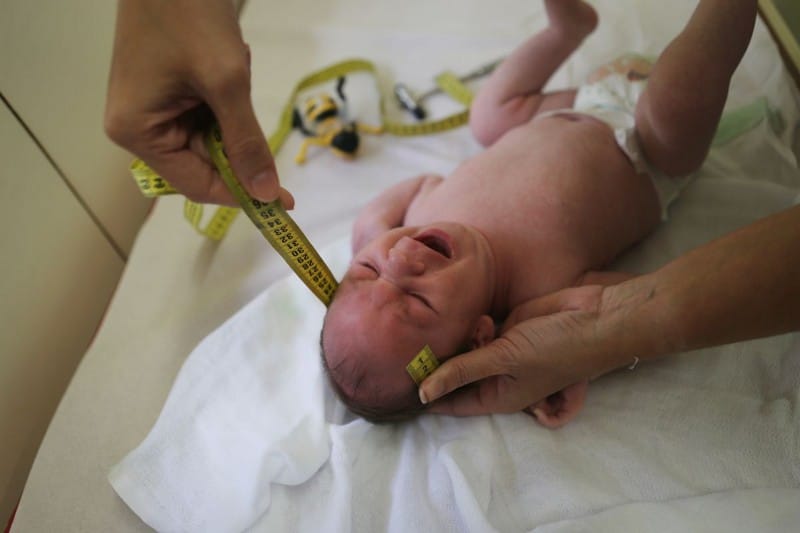Small Size at Birth

Small for gestational age also predisposes to developing vision problems such as amblyopia. The prevalence and severity of refractive amblyopia increase in newborns with low birth weights.
Studies demonstrated that low birth weight unrelated to gestational age might also result in refractive amblyopia. Diagnosis can be made through comprehensive retinopathy of prematurity screening to identify the presence of lazy eye in low-birth-weight babies. Newborns delivered full-term with higher birth weights have slower axial length increases, making them less likely to develop refractive errors.
In addition to amblyopia, infants small for gestational age are at high risk of developing neurodevelopmental deficits, cerebral palsy, deafness, and poor academic performance.
Children who were small for gestational age were also susceptible to developing ocular inflammation and infections later in life. Lastly, children with amblyopia due to low birth weight are susceptible to developing hyperopia due to smaller globe size and other neurodevelopmental disorder that causes mental retardation. Therefore, close coordination with a doctor is imperative for tailoring a treatment plan for a child with a lazy eye.










